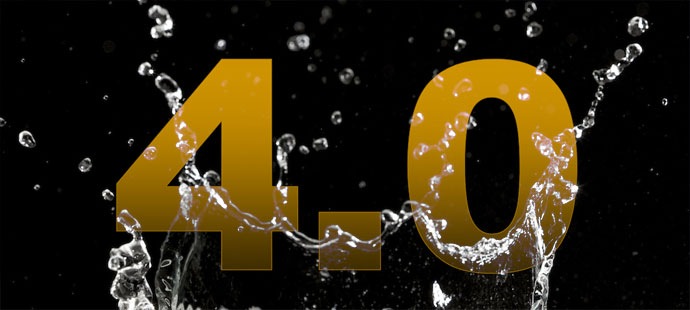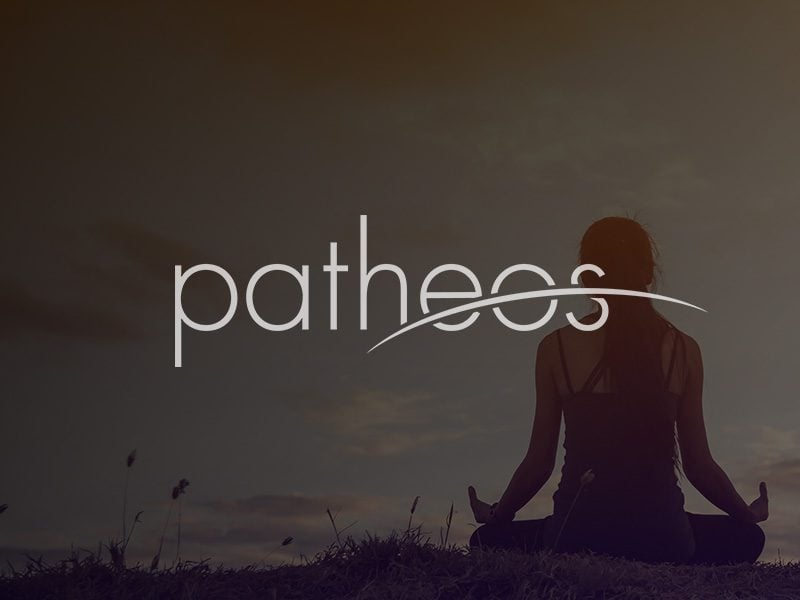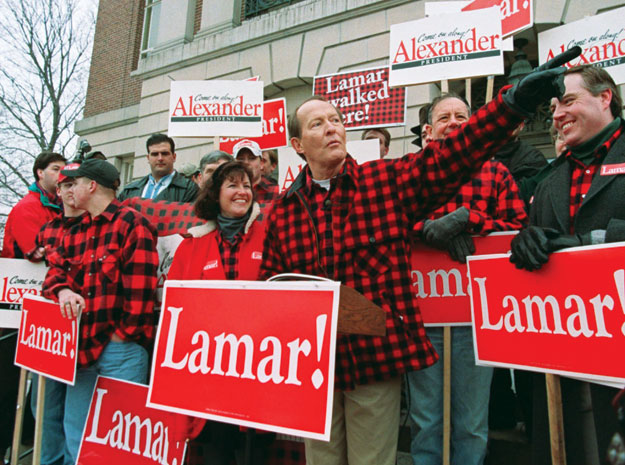GetReligion’s critique of media coverage of abortion doctor Kermit Gosnell’s trial has received quite a bit of attention in recent days. I’m glad, since we’ve been aware of the problem with media coverage of this topic since early 2011. My post from January of that year, “8 Murders in Philadelphia,” shows the history of problems in coverage.
We looked at many abortion-related stories since that time, but they were, naturally, in the area that the media took the most interest — the Susan G. Komen feeding frenzy, the Sandra Fluke drama and the Todd Akin obsession. In fact, it seemed I spent most of my year paying quite a bit of attention to what the media wanted me to pay attention to — those stories. They were viewed as extremely, extremely important stories for the populace to pay attention to.
And so I found it disturbing that, when the Kermit Gosnell trial commenced last month, the coverage was so very weak or non-existent. I wanted to critique the coverage, but there just wasn’t too much to look at. The first day of the trial was the exception, and we looked at some oddities with how that trial was being covered by the Associated Press in “The new ‘abortion’: cutting newborns’ spinal cords.”
By Monday of last week, it was clear that there had been a massive failure across the media — as I wrote in “Should media cover — or cover up — abortion trial?” Then we discussed some frames that might be helpful for reporters struggling to do their jobs in “Mainstream press on Gosnell: adjust the framing.” As the week progressed and I got more and more confused by the media blackout, I wrote, “We need answers on Gosnell coverage,” picking up on Kirsten Powers’ powerful USA Today column calling for front-page, top-of-the-broadcast coverage of this horrific trial.
That’s when I got to work asking a few reporters to explain their role in the blackout, and you can read about the early part of that project in “WPost reporter explains her personal Gosnell blackout” and “Politico and Atlantic.com’s turn to explain Gosnell blackout.”
I wanted to provide all that context before linking to this week’s Crossroads podcast. Host Todd Wilken and I discuss this huge story and we also discussed the “how” and “why” of this story. I know that many people are demanding answers on those last questions and I am trying to weigh in. It is, of course, difficult to know how this massive media failure happened. I assume it’s quite complex. We discuss racism, views on abortion, and narrative frames. Wilken wonders whether abortion views led some journalists to think these murder charges weren’t a big deal. There are many more possible answers.
When I was on Fox News on Friday to discuss the lack of media coverage of this case, I was so pleased by what Kirsten Powers said when asked to explain why this all happened. She noted that some journalists were writing mea culpas that included admissions of pro-choice bias. But, she said, she couldn’t really speak to motivation.
I know that this Gosnell dust-up is happening in a very heated political environment. GetReligion is a media analysis blog. Our readers have done a very good job of discussing this topic respectfully and thoughtfully by focusing on media coverage as opposed to underlying views on abortion. If you’d like to discuss politics or religion, that is of course fine, but you can’t do it here. There are other places better suited for that. We really need to keep a tight focus on media coverage here.
On that note, I hope editors and reporters understand what a touchy moment we’re in. The failures of Gosnell coverage have seriously harmed an already fragile trust with readers and viewers. We need to work very hard to make up some ground here. We need to see quality, prominent journalism on this topic, not just because it’s the right thing to do but also because our industry can’t afford to lose more credibility. And that’s the first order of business — doing some quality reporting on a charged topic. Once that’s taken care of, I hope to see some introspective analysis about just what in the heck contributed to this failure and what can be done in the future to make sure we’re not writing eleventy billion stories on, say, Sandra Fluke and the Susan G. Komen Foundation — while ignoring a politically charged abortionist’s mass murder trial. This isn’t just about the failures of Gosnell coverage but also the environment that laid those failures bare — the stark disparity between how some topics are covered vs. others.
So if you have any helpful thoughts on what reporters and their editors can do right now … or in the future … please share them. And here’s the Crossroads link again.
I will note that the Washington Post publicly admitted they should have covered the trial and is working to rectify the situation and the New York Times has suggested they got the memo for additional coverage, too. (The editorial desk did not get the memo. They really, really, really did not get the memo.) I’ve also heard, privately, from a number of mainstream media professionals who will be trying to catch up on this story.
We’ll be here to monitor that coverage and see how things go. Thank you to our long-time readers who have shown so much support and civility over the years.











